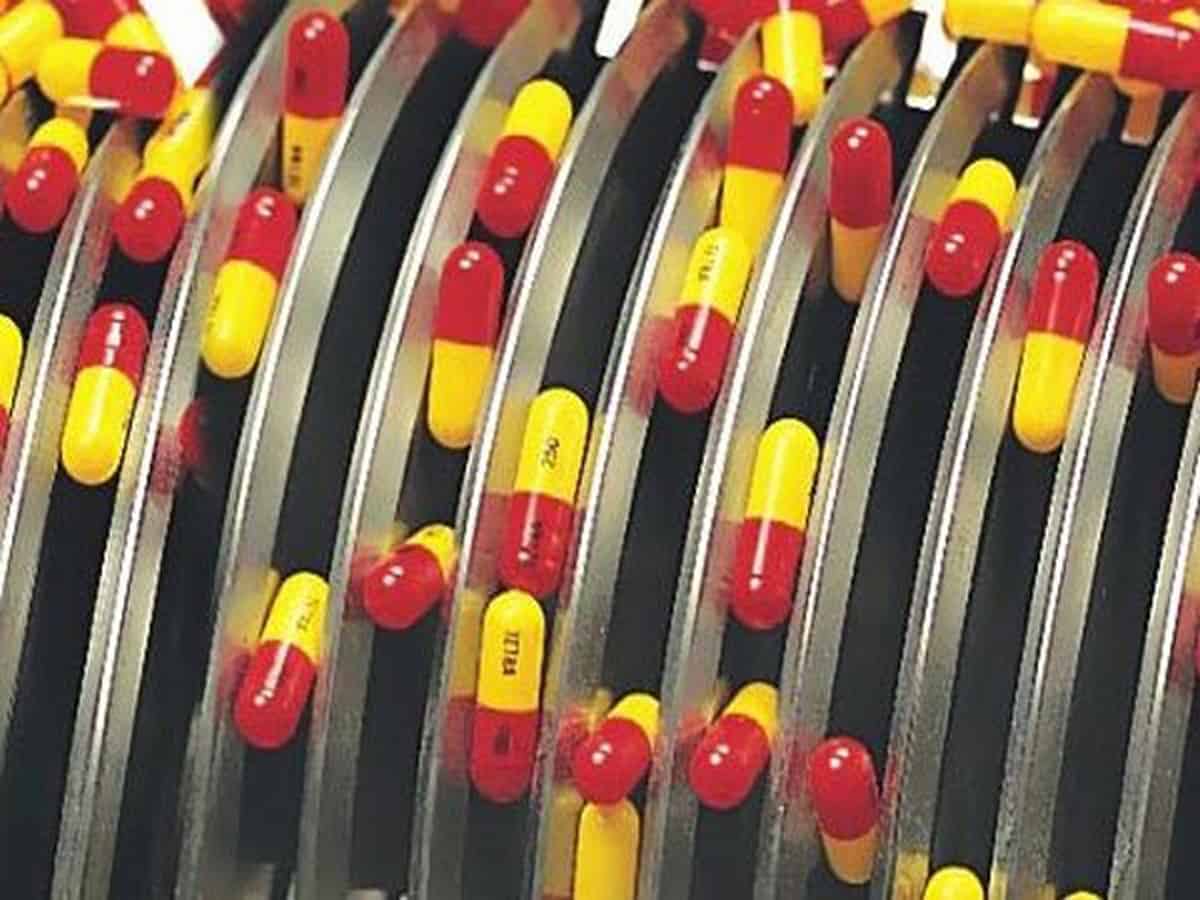Hyderabad: The city of Hyderabad is not only known for its historical monuments but has an identity as a Medical hub. The buildings were not merely constructed as monuments but some of these buildings were meant for public services.
Today, India is being appreciated all over the world for preparing Corona vaccines the credit goes to the History of Hyderabad.
Vaccinations for various pandemics were being prepared in Hyderabad for the last 150 years. Since this day is celebrated as “Science Day” it is necessary to enlighten people about the services of the rulers of the erstwhile State of Hyderabad.
Darul-Shifa Unani Hospital was established soon after the formation of Hyderabad State. This two-storey building used to treat deadly diseases.
It would be interesting for the new generation to know that Sir Ronald Ross carried his experiments in Hyderabad and on 20 August 1897 made his landmark discovery that malaria was transmitted by mosquitoes and laid the foundation for its vaccination. In 1902 he received the Nobel Prize for his research in Medicine which he did in the erstwhile Nizam’s State of Hyderabad which was known then as a Medical hub in the sub-continent.
The last century witnessed deadly pandemics like Plague and Cholera. In 1911, more than 5 thousand people died due to cholera and in the same year, 15 people lost their lives due to the Plague.
Health was a top priority in Nizam’s era
Salar Jung the first Mir Turab Ali Khan set up a Medical Department for public health. Institute of Preventive Medicine (IPM) was set up in Narainguda.
In 1886, during the rule of Sixth Nizam Mir Mehboob Ali Khan, Health Department was established in the IPM Building. The IPM building gained a reputation as a research center. The measures to control Plague through vaccines were launched from this building in 1870.
It was in the same building where in 1904 the Central Public Health Lab conducted testing for food and water purity. Preparations for Small Pox vaccinations were carried out from the compound of this building.
IPM Building was used as a center for research on Plague and other pandemic vaccines. The examiner Officer of Nizam Health Welfare Department was shifted to this building in Narainguda and since then the process of research on Pandemics got accelerated.
Nizam’s Medical Welfare Department for Cholera and Typhoid had the services of world-renowned scientists of that era such as Sir Ronald Ross. It was the same place where a vaccine was developed for Typhoid in 1941. This Department was known then as the “Nizam Vaccine Department” which was changed as “Central Laboratories” in 1949.
Dr. Y S Narain Rao was the first head of the “Institute of Preventive Medicine was later changed to a TT injection center.

